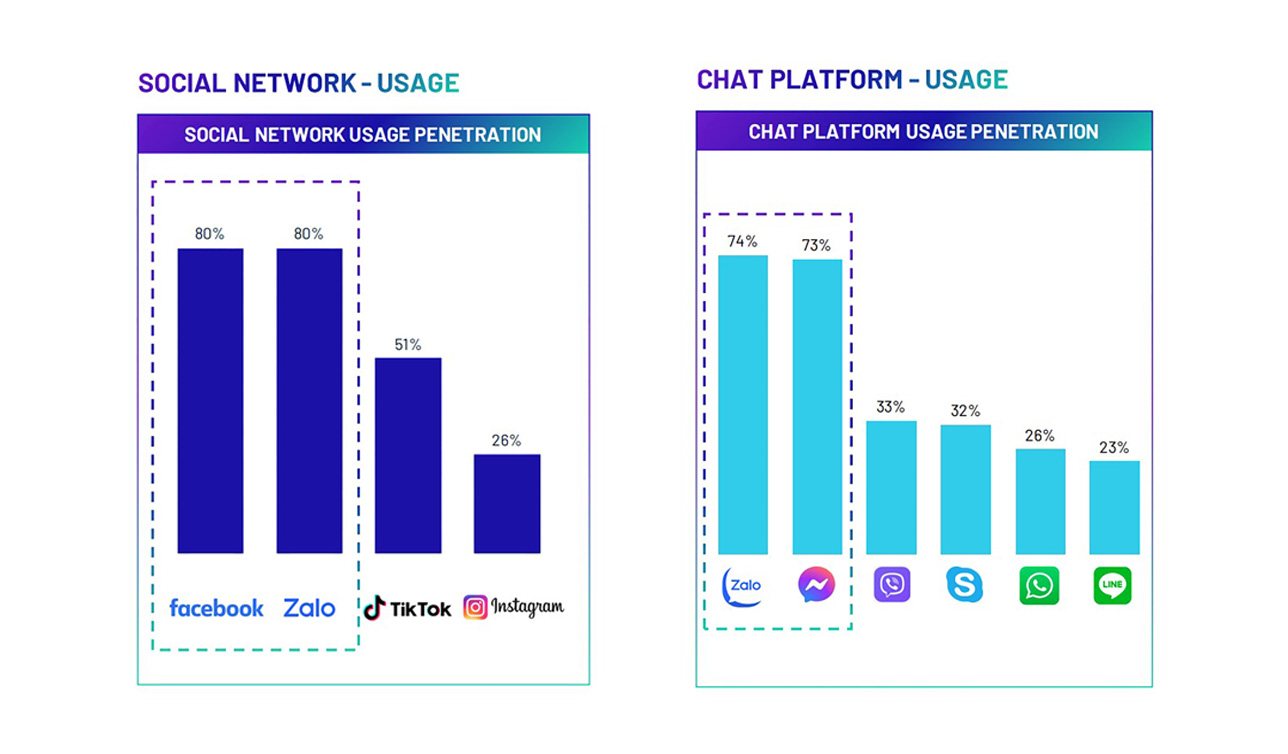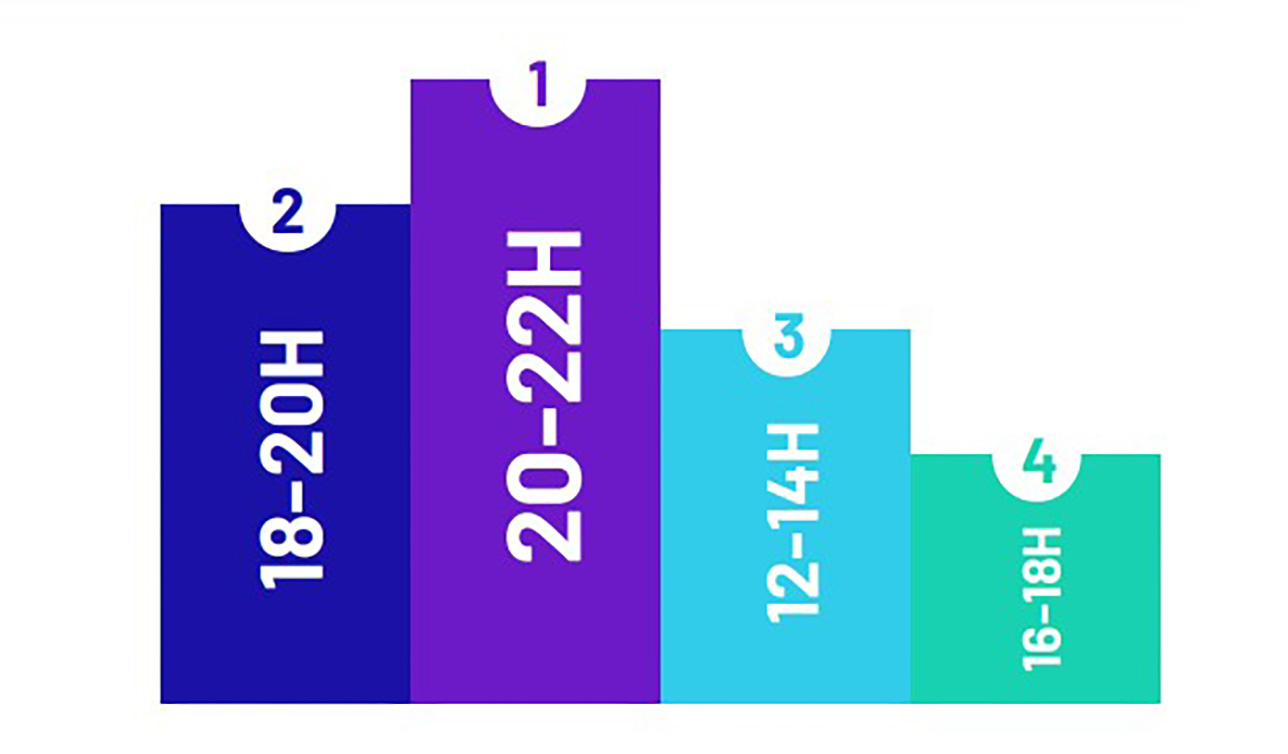Best time for advertising
Although its popularity has passed its peak, advertising (ads) can still capture user’s attention through informative content [NH1] about brands or products, captivating storytelling, and good visual effects or catchy music.
The best occasions for brands to advertise to consumers are when they look for interesting content online (61%), learn new knowledge (60%) and search for information (55%). Resting mode, when consumers are watching entertainment content, relaxing, killing spare time or feeling bored, is also a suitable time to reach them.
Consumers are now increasingly demanding innovation and uniqueness towards branded content and they want to be part of the brand to express their lifestyle. There is a high demand to engage with brands, and these needs are different among generations.
Millennials are willing to digest lots of content in a reactive way as they want to know a brand well and thoroughly before making purchases.
On the other hand, Gen Z is more engaged with ads. They require brands, through ads, to catch up with their own active pace proactively and interactively – listening to their needs, responding to their content requirements, and offering them as many personalised choices as possible. They are more interested in branded content that gives them a platform to express themselves such as the ability to raise their opinions, or discuss about a campaign that a brand is running, or vote to bring a promise into reality, than Generation Y.
Social networks and chat platforms are more frequently used in specific time frames in a day. The time frames also align with the locations where they use these online platforms the most: relaxing at home after work or killing time during lunchtime at work or school.
Ads are more likely to be accepted when users finish their daily work and start the evening routine. Combining presence on social networks and chat platforms in terms of location and time frame, as well as ads receptivity time frame, 20:00-22:00 is the most ideal time in the day to advertise to Vietnamese users, followed by 18:00-20:00, 12:00-14:00, and 16:00-18:00.
The report also identified two types of motivations (functional and emotional) behind the needs of users when they connect online. Three dominant categories in functional needs include connecting and updating, free-time filling, and entertaining. Whereas emotional needs refer to the positive feeling users have about themselves and when engaging with others.
Read the full report for more findings.
Story: Ha Hoang
Masthead image: escapejaja - stock.adobe.com






